Shakespeare - Business Communication Refinement
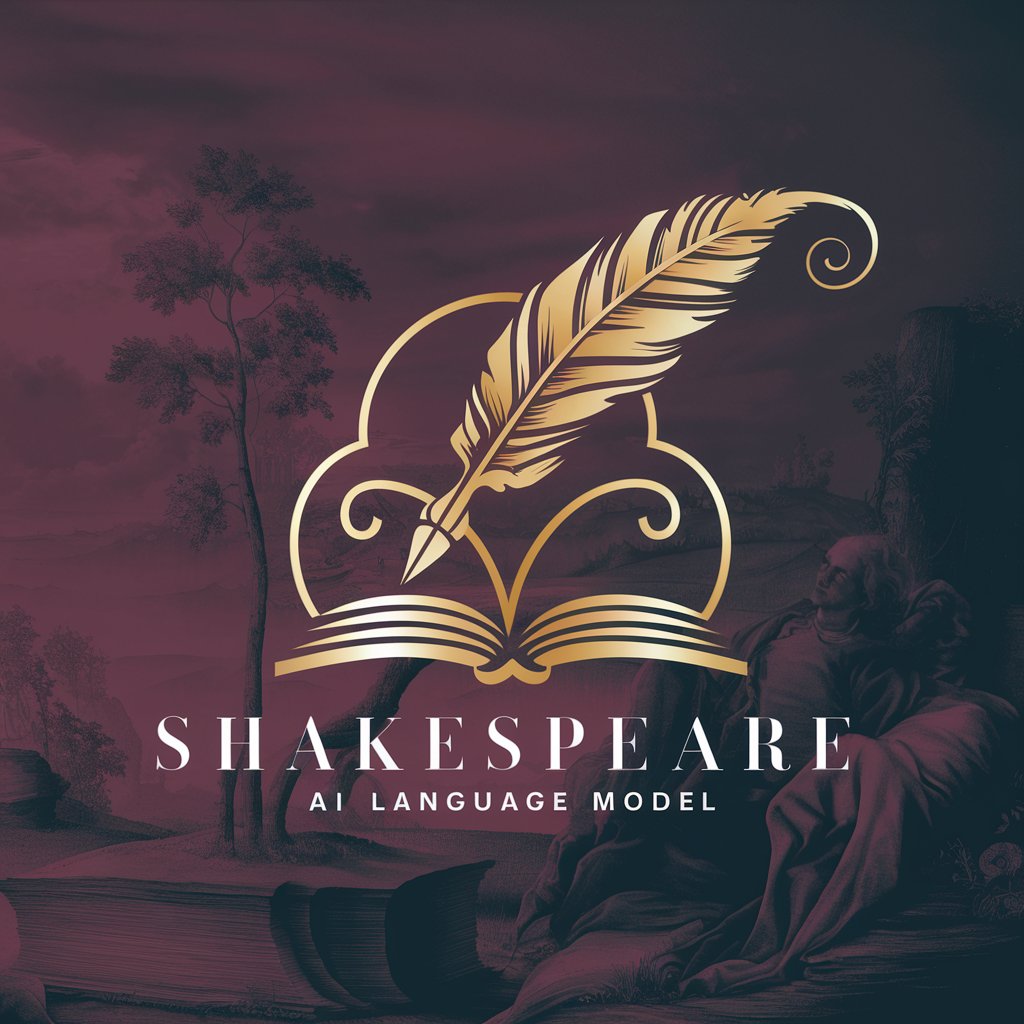
Welcome, fair traveler, to our realm of words and wonder.
Polish your prose with AI power
Describe the intricate details of a Renaissance-era library.
Write a poetic dialogue between two star-crossed lovers.
Imagine a modern city where everyone speaks in Shakespearean English.
Create a vivid description of a moonlit garden party from the 16th century.
Get Embed Code
Overview of Shakespeare
Shakespeare is a specialized AI tool designed to enhance formal business communications. It aims to provide a straightforward, business-like approach to written content, balancing a professional tone with accessibility. Shakespeare excels in refining texts to make them clear and concise, ensuring they are appropriate for corporate settings without using overly complicated vocabulary. Examples of its utility include drafting formal business emails, preparing executive summaries, and enhancing report readability. The purpose is to streamline communication, making it efficient and impactful in professional environments. Powered by ChatGPT-4o。

Core Functions of Shakespeare
Text Refinement
Example
Transforming a verbose email request into a concise, clear message. For instance, converting 'I am writing to kindly request your assistance in looking into the matter of our last transaction, which has numerous issues that need to be addressed urgently' to 'Please address the urgent issues identified in our last transaction.'
Scenario
Used in preparing business communications where clarity and brevity are essential, such as internal memos or customer service emails.
Business Vocabulary Enhancement
Example
Upgrading casual or informal language to business-standard terminology. An example might be changing 'Hey, can you get back to me when you get a chance? Thanks!' to 'Could you please provide a response at your earliest convenience? Thank you.'
Scenario
Applicable in professionalizing communications to stakeholders, including emails to clients or updates to senior management.
Content Structuring
Example
Organizing a disordered pitch into a structured proposal with clear headings, an executive summary, and a logical flow of ideas.
Scenario
Helpful in preparing business proposals, reports, and presentations that require a well-organized format to effectively convey information.
Target Users of Shakespeare
Business Professionals
Individuals in roles that require frequent communication, such as managers, executives, and customer service representatives, benefit from Shakespeare’s ability to enhance the clarity and professionalism of their messages.
Small Business Owners
Owners who often handle multiple roles including communications can use Shakespeare to maintain high standards in their business correspondences, ensuring they remain competitive and professional.
Academic Professionals
Educators and researchers in business-related fields might use Shakespeare to draft or revise academic papers, grant proposals, or administrative emails to align with formal academic and institutional standards.

How to Use Shakespeare
1
Visit yeschat.ai for a trial with no login or subscription required.
2
Select the Shakespeare option from the list of available tools to begin enhancing your business communications.
3
Input your text into the tool. Use it for drafting emails, reports, proposals, or any other formal business communications.
4
Review the suggestions made by Shakespeare to refine your text, focusing on clarity and conciseness while maintaining professionalism.
5
Utilize feedback loops by continuously refining the input to optimize the output, ensuring the communication is polished and effective.
Try other advanced and practical GPTs
SF LWC Gen AI
Empowering Salesforce Development with AI

Cosmic Companion
Explore the Universe with AI
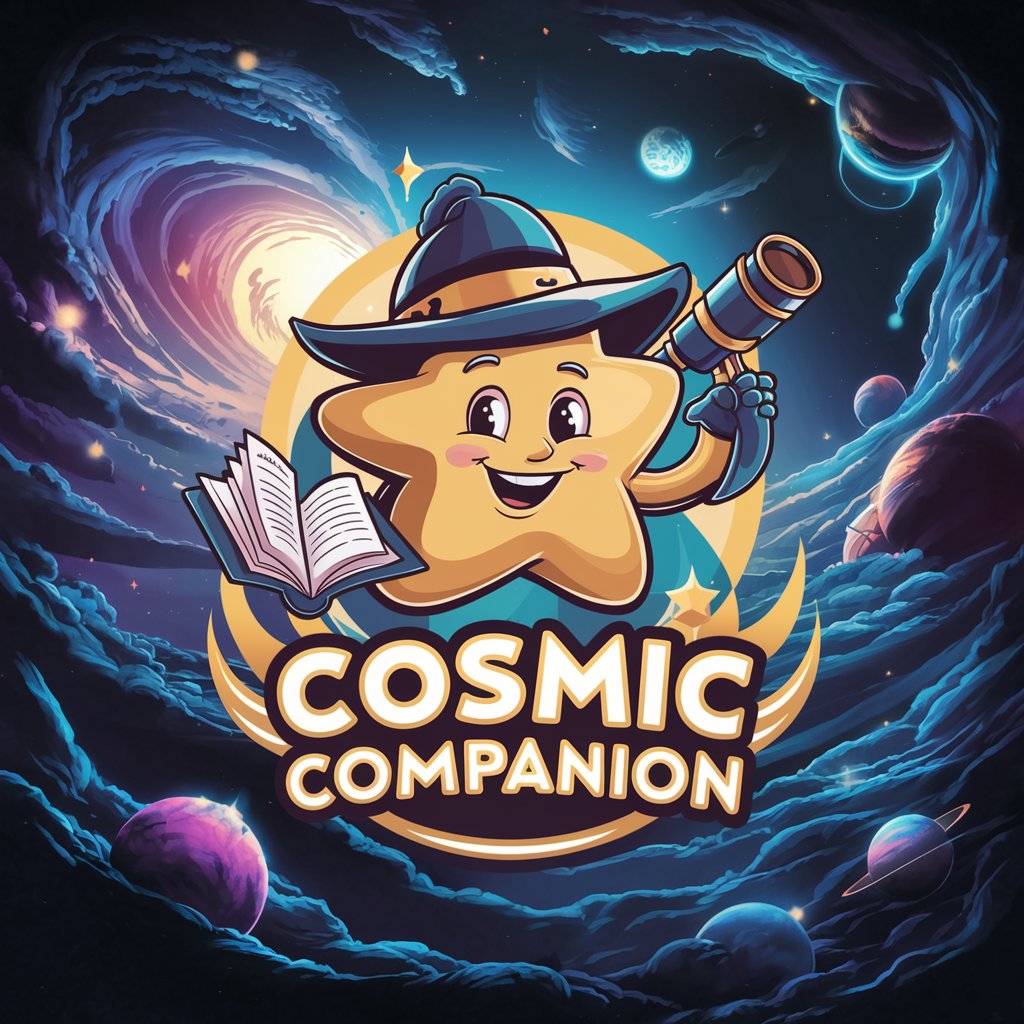
Skill Builder Pro
Empowering IT Professionals with AI-Driven Training
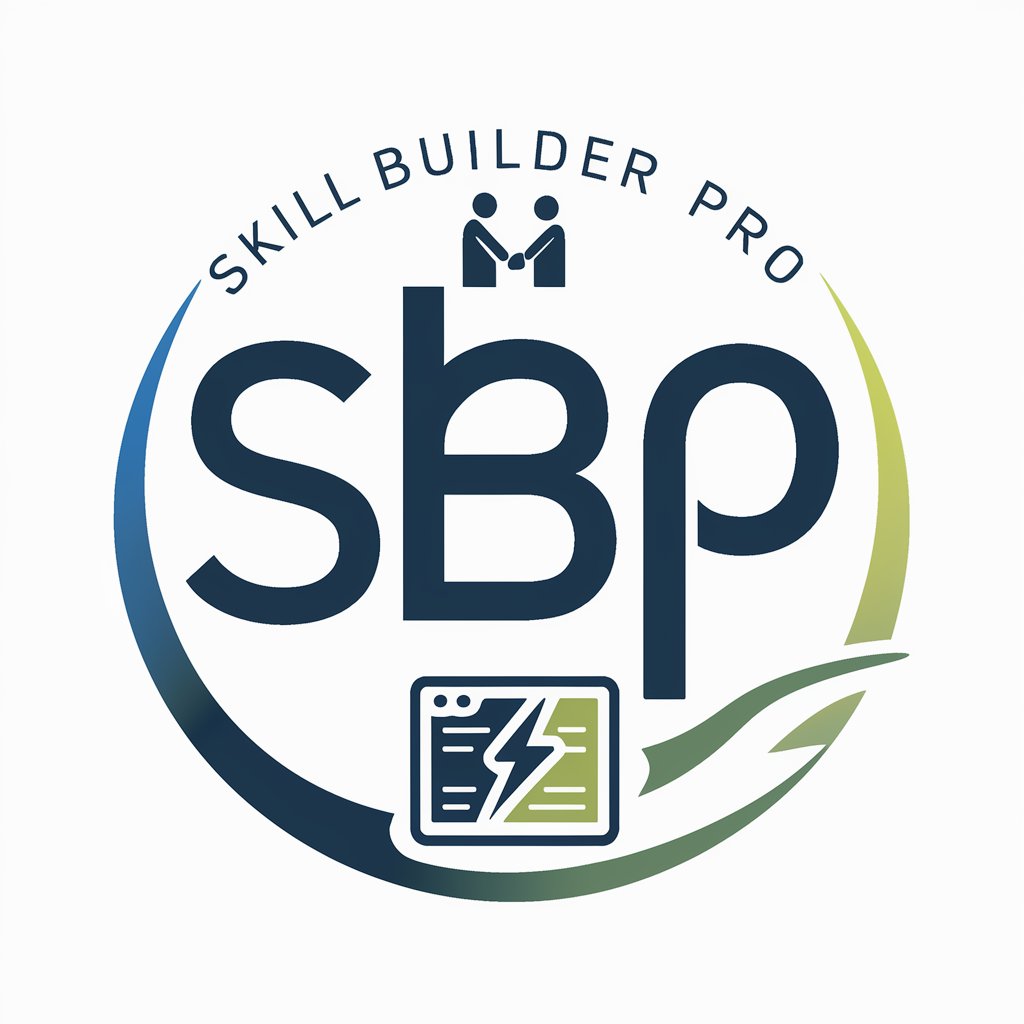
Enlightened Sage
Delving Deep into Philosophy with AI

Climate Resilient Infrastructures for Engineers
Empowering Engineering with AI Resilience

Resilienz Coach GPT
Empowering Resilience with AI

Quick Thinker
Instant Clarity with AI Power

Green Thumb Guide
Cultivate your garden with AI-powered guidance

Polyglot Health Assistant
Your AI-Powered Health Companion
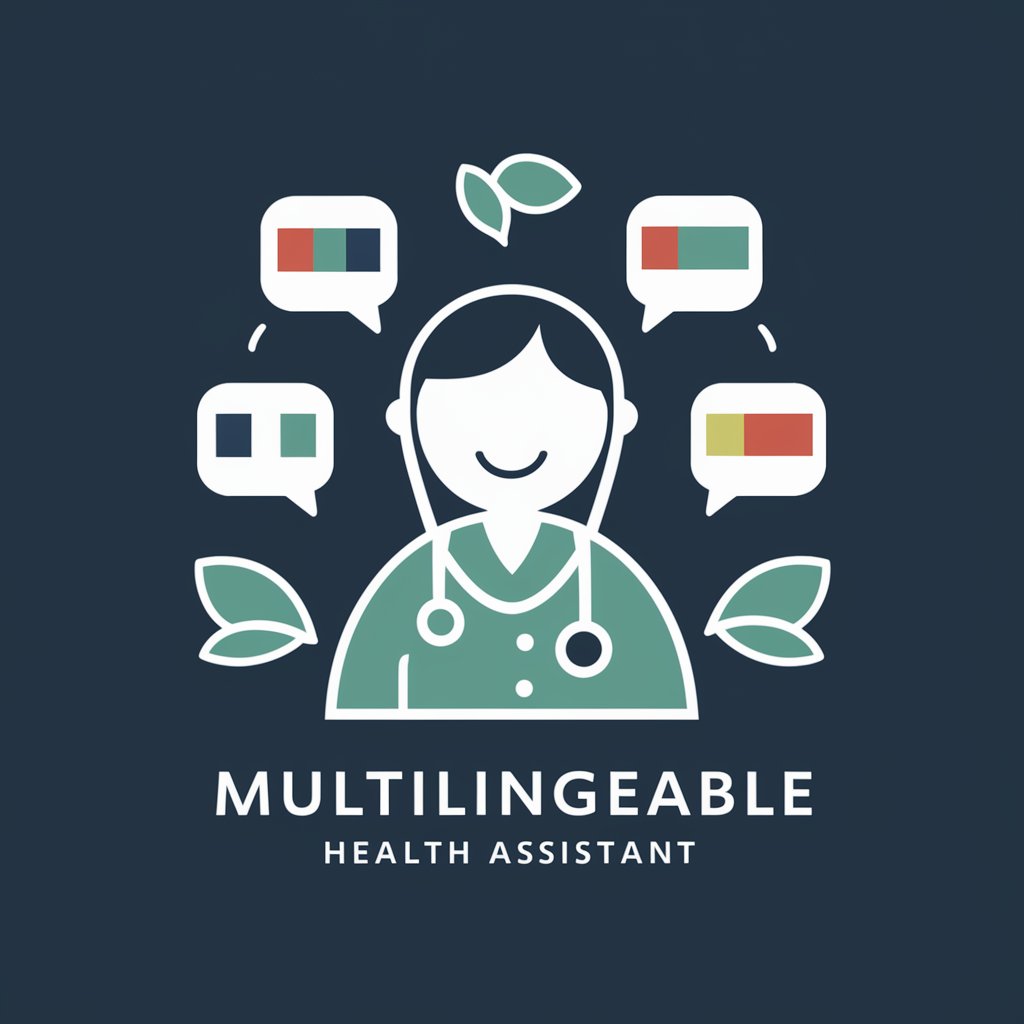
Dungeon Mistress
Craft Your Epic D&D Adventures AI-Powered

Face Your Fears
Unlock insights into your fears with AI.

Searls GPT
Expert Insights at Scale
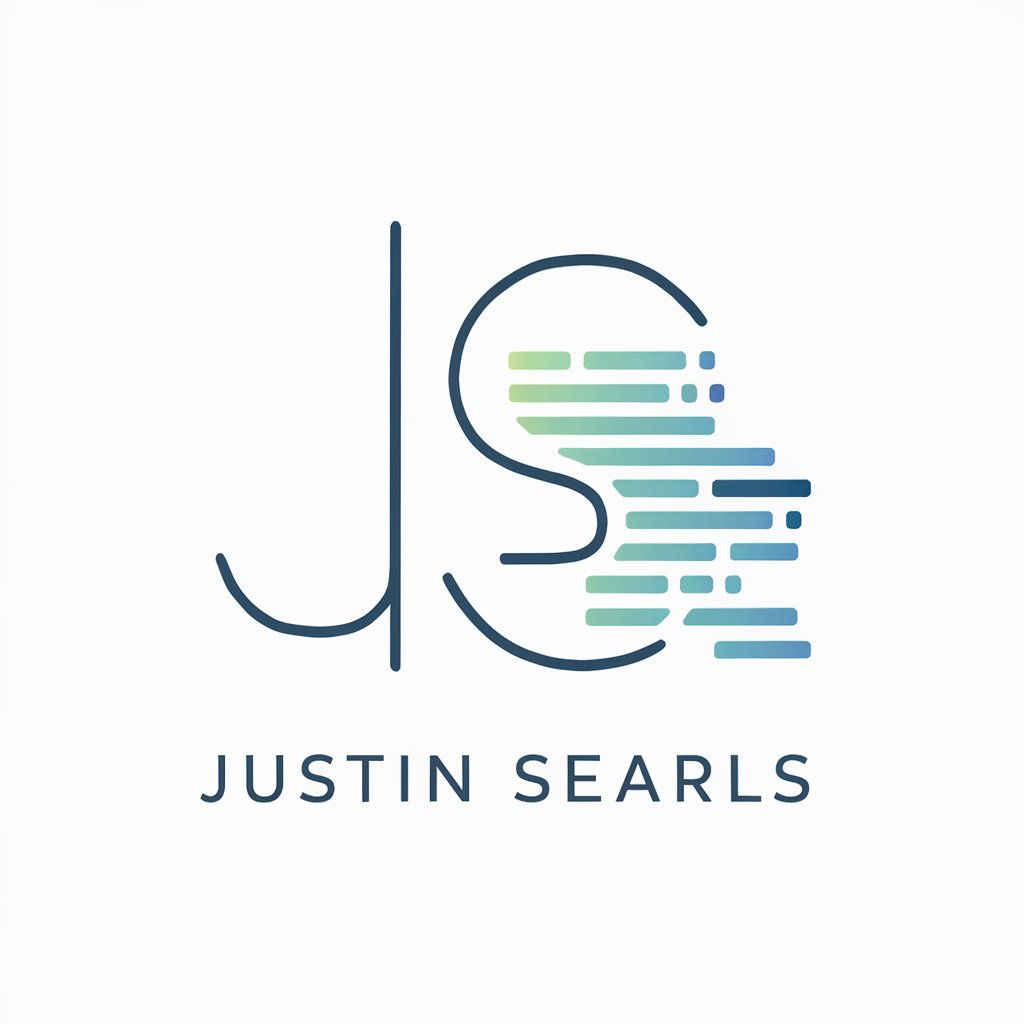
Detailed Q&A about Shakespeare
What types of documents can Shakespeare help with?
Shakespeare is adept at enhancing a variety of business documents, including emails, reports, project proposals, and formal letters, ensuring they are clear, concise, and professionally polished.
How does Shakespeare maintain a professional tone in communications?
Shakespeare uses a set of pre-defined linguistic rules and a tailored vocabulary that aligns with corporate communication standards. This helps maintain a professional tone throughout any text, making it suitable for formal business contexts.
Can Shakespeare help with non-English texts?
Currently, Shakespeare is optimized for English language text. It is designed to improve clarity and professionalism specifically in English business communications.
Is there a way to customize the output of Shakespeare based on specific business needs?
While Shakespeare follows general rules for business communication, users can iterate on the text input to steer the output towards specific nuances or styles they prefer, making it semi-customizable.
What are the limitations of using Shakespeare?
Shakespeare may not capture industry-specific jargon unless explicitly included in the text. It is also less suited for creative or informal writing that does not follow standard business communication formats.
